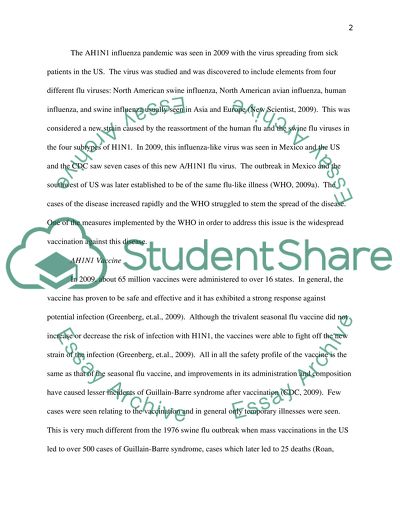Cite this document
(“H1N1 Vaccine: Is it safe How did this influence health care today Research Paper”, n.d.)
Retrieved de https://studentshare.org/health-sciences-medicine/1391319-h1n1-vaccine-is-it-safe-how-did-this-influence-health-care-today
Retrieved de https://studentshare.org/health-sciences-medicine/1391319-h1n1-vaccine-is-it-safe-how-did-this-influence-health-care-today
(H1N1 Vaccine: Is It Safe How Did This Influence Health Care Today Research Paper)
https://studentshare.org/health-sciences-medicine/1391319-h1n1-vaccine-is-it-safe-how-did-this-influence-health-care-today.
https://studentshare.org/health-sciences-medicine/1391319-h1n1-vaccine-is-it-safe-how-did-this-influence-health-care-today.
“H1N1 Vaccine: Is It Safe How Did This Influence Health Care Today Research Paper”, n.d. https://studentshare.org/health-sciences-medicine/1391319-h1n1-vaccine-is-it-safe-how-did-this-influence-health-care-today.


